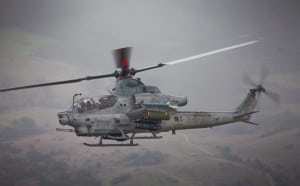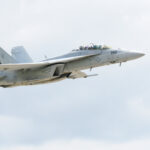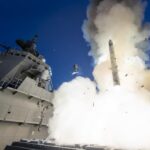
In order to develop its future vertical lift (FVL) platforms in a timely and affordable manner without having the helicopters become obsolete before they ever see combat, the Army must require commonality among the various designs, said Nick Lappos, who chairs the Vertical Lift Consortium board of directors.“Is there a reason why ever flying machine has to have a cockpit design team design that cockpit?” Lappos, also senior technical fellow of advanced technology at Sikorsky, said July 22 at the…

 By
By 











